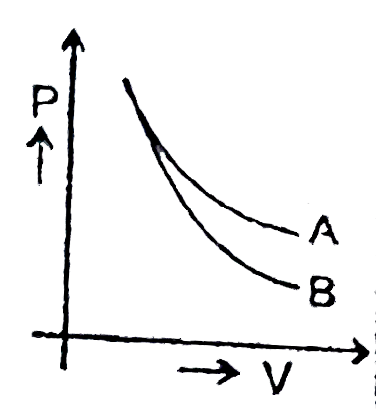P - V plots for two gases, undergoing adiabatic processes are as shown in the figure.
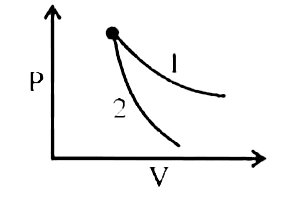
Plots 1 and 2 should correspond respectively to
He and
He and Ar
and He
The correct Answer is:C
For an adiabatic process = constant
Slope of the graph
In the given graph
2 corresponds to monoatomic Helium
and 1 corresponds to diatomic
Topper's Solved these Questions
- KINETIC THEORY OF GASES ,THERMODYNAMICS AND RADIATIONBook:MARVEL PUBLICATIONChapter:KINETIC THEORY OF GASES ,THERMODYNAMICS AND RADIATIONExercise:TEST YOUR GRASP - 9
Explore 30 Videos
- INTERFERENCE AND DIFFRACTIONBook:MARVEL PUBLICATIONChapter:INTERFERENCE AND DIFFRACTIONExercise:TEST YOUR GRASP
Explore 20 Videos
- MAGNETIC EFFECTS OF ELECTRIC CURRENTBook:MARVEL PUBLICATIONChapter:MAGNETIC EFFECTS OF ELECTRIC CURRENTExercise:MCQ
Explore 195 Videos
Similar Questions
Knowledge Check
P-V plots for two gases during adiabatic processes are shown in the figure. Plots 1 and 2 should corresponds respectively to
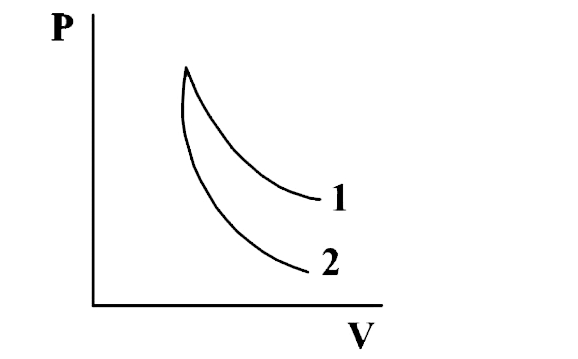 AHe and O2BO2 and HeCHe and ArDO2 and N2
AHe and O2BO2 and HeCHe and ArDO2 and N2P-V plots for two gases during adiabatic processes are shown in the figure. Plots 1 and 2 should corresponds respectively to
 AHeandO2BO2andHeCHeandArDO2andN2
AHeandO2BO2andHeCHeandArDO2andN2P−V plots for two gases during P4 adiabatic process are shown in the figure. Plots 1 and 2 should correspond respectively to
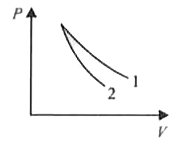 AHe and O2BO2 and HeCHe and ArDO2 and N2.
AHe and O2BO2 and HeCHe and ArDO2 and N2.
P-V plot for two gases (assuming ideal) during adiabatic processes are given in the figure. Plot A and plot B should correspond respectively to :
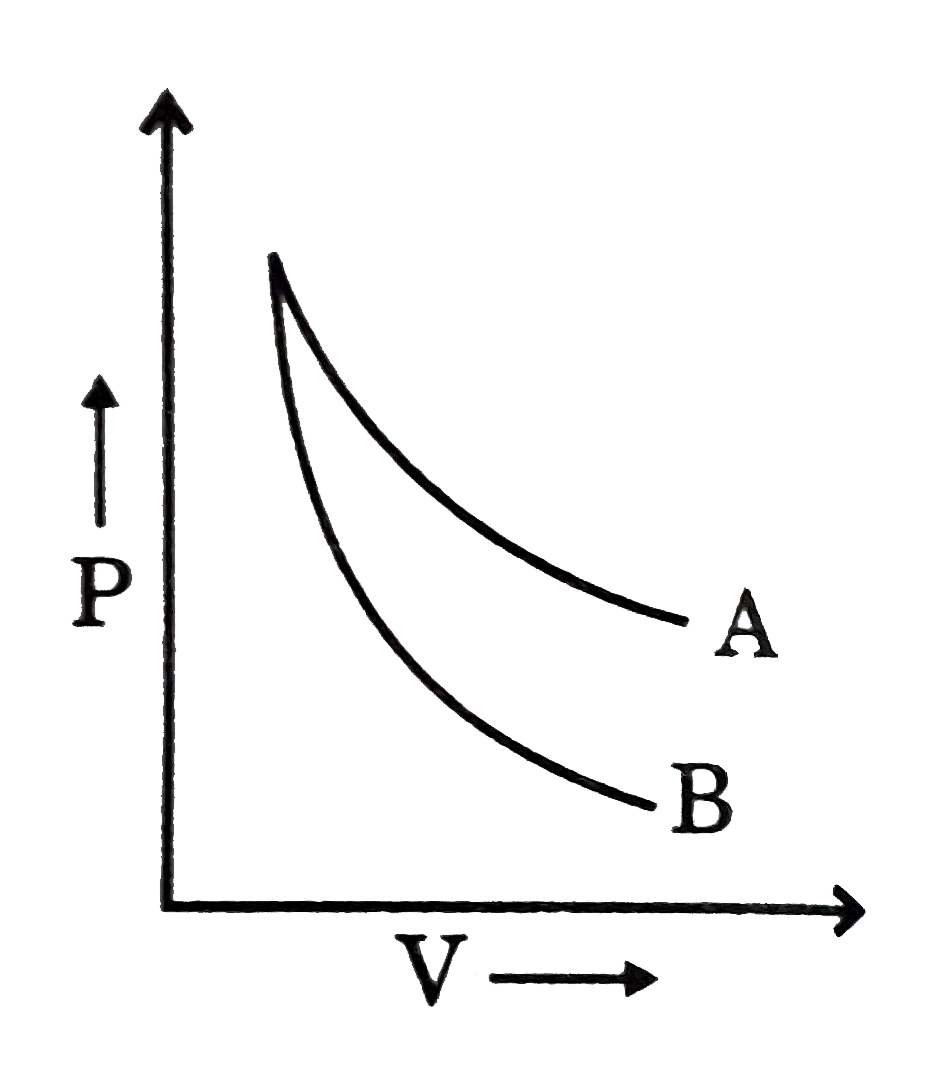
View SolutionP−V plot for two gases (assuming ideal) during adiabatic processes are given in the figure. Plot A and Plot B should correspond respectively to:
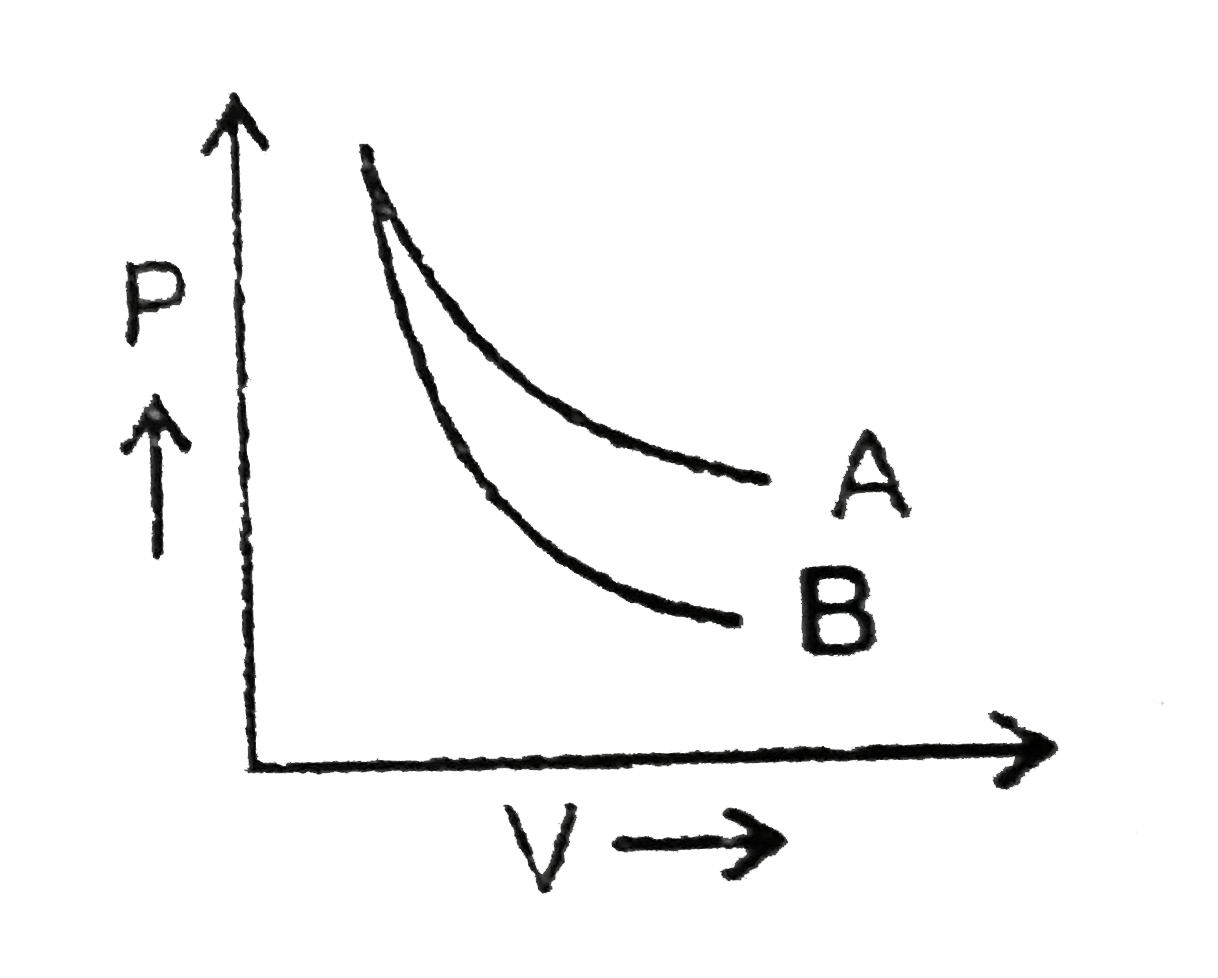
View SolutionP−V plots for two gases during adiabatic expansion are shown in figure. Plot I and II should correspond respectively to :
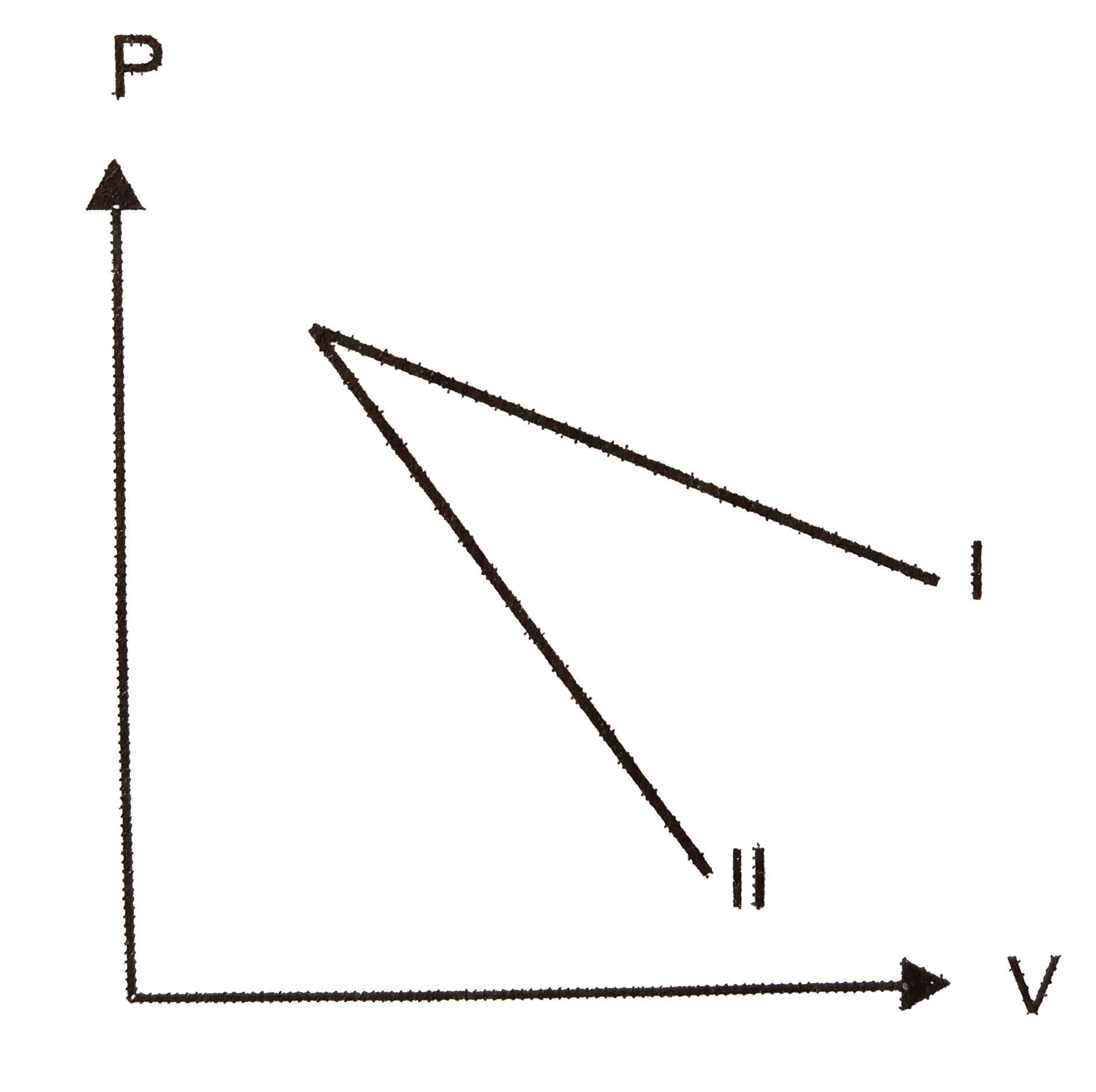
View SolutionP-V plots for two gases during adiabatic processes are shown in the figure. Plots 1 and 2 should corresponds respectively to

View SolutionP-V plots for two gases during an adiabatic process are given in the figure:
Plot A and plot B should correspond to : (Assume ideal behaviour)

View Solution


